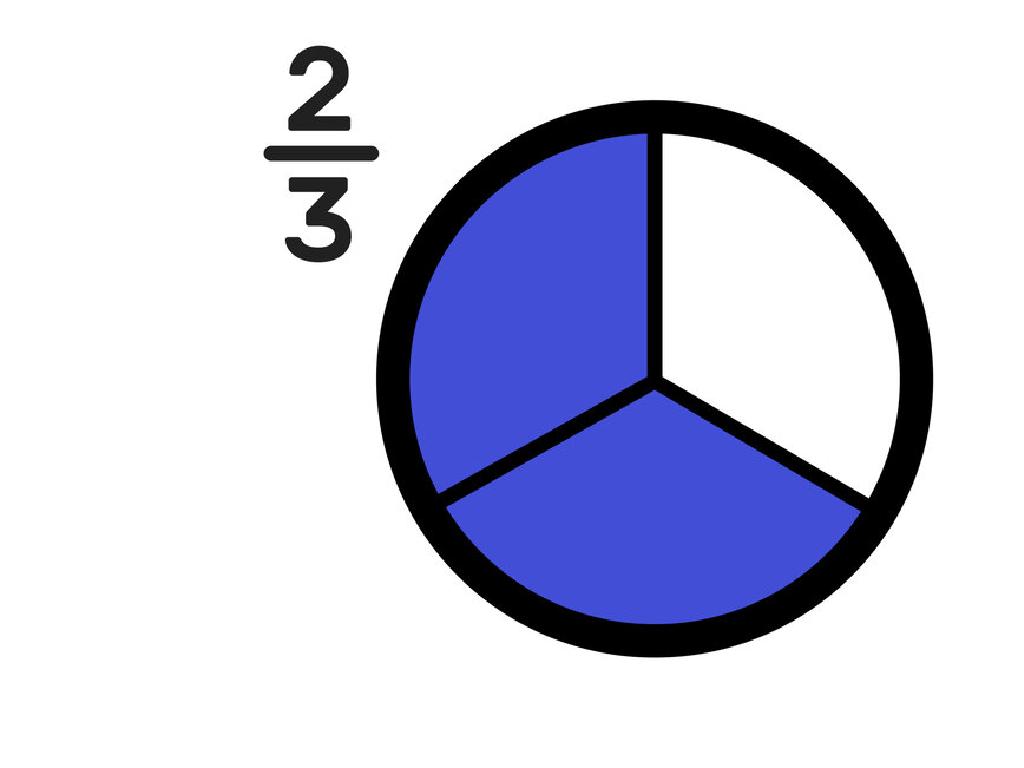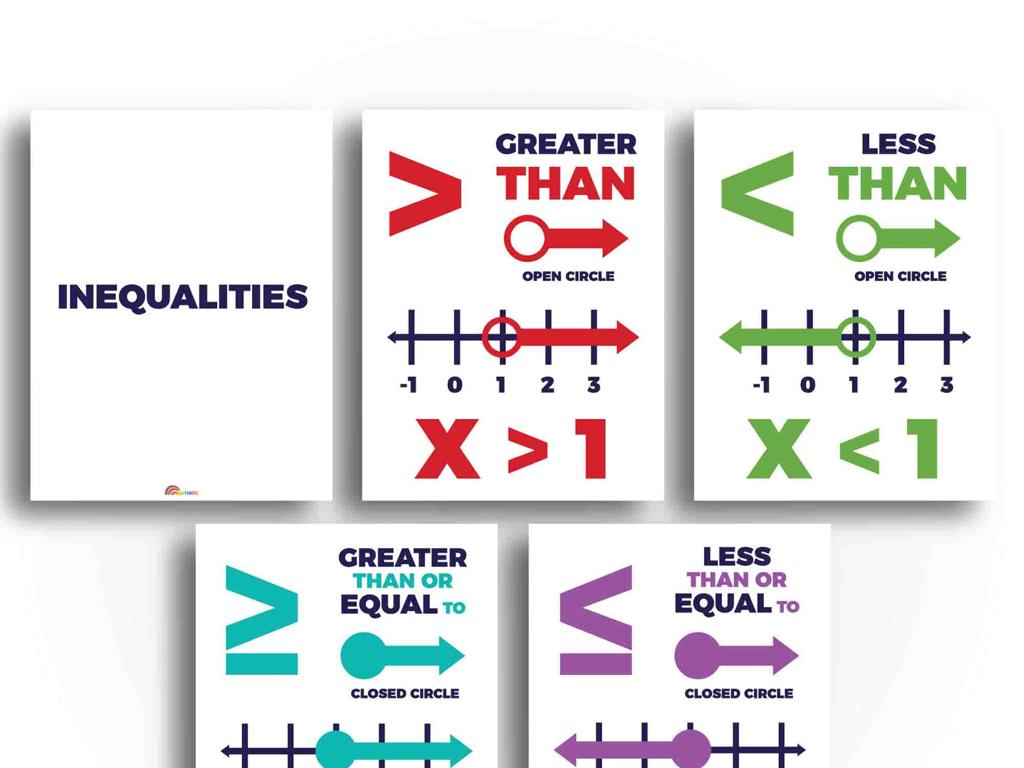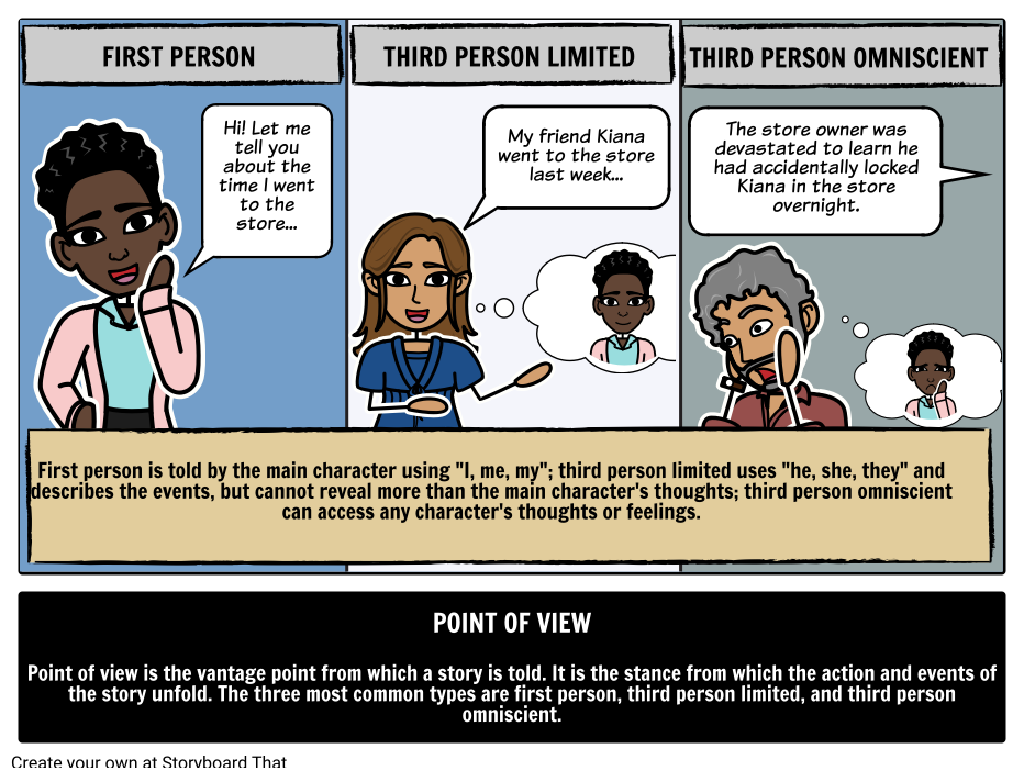Choose Units Of Time
Subject: Science
Grade: First grade
Topic: Units And Measurement
Please LOG IN to download the presentation. Access is available to registered users only.
View More Content
Introduction to Time
– Greetings, young learners!
– Today’s topic: Learning about time
– Discover seconds, minutes, and hours
– Seconds are short, minutes are longer, hours are even longer!
– Time helps us organize our day
– We use time to know when to do things like eating and sleeping
|
Begin the class with an enthusiastic greeting to capture the students’ attention. Introduce the concept of time as a way to measure and organize our daily activities. Explain that there are different units of time such as seconds, minutes, and hours, with each unit being a measure of duration. Seconds are the shortest unit we will discuss, followed by minutes and then hours. Use relatable examples like the duration of a cartoon episode or the time it takes to brush teeth to illustrate these units. Encourage the students to think of activities they do that take about a minute or an hour. The goal is to help them relate to the concept of time in a tangible way that is relevant to their daily lives.
Understanding Time
– Time tracks events
– Clocks show the time
– Clocks have numbers and hands that move
– Time organizes our day
– We plan activities using time, like lunch at 12 PM
|
This slide introduces the concept of time to first graders. Begin by explaining that time is a way to measure when things happen, from minutes to hours to days. Show them a clock and point out the moving hands, explaining that the position of the hands tells us what time it is. Emphasize how knowing the time helps us decide when to do different activities throughout the day, such as eating breakfast in the morning or going to bed at night. Use simple, relatable examples to illustrate the importance of time in organizing daily routines.
Understanding Seconds
– What is a second?
– A second is a very short time.
– Counting seconds together
– Let’s count: 1 second, 2 seconds, 3 seconds…
– Quick activities in seconds
– Blinking happens in a second!
– Seconds in everyday life
|
This slide introduces the concept of seconds as a unit of time to first graders. Begin by explaining that a second is a very small amount of time. Engage the class by counting seconds aloud together to give them a tangible sense of how long a second lasts. Highlight activities that take about a second to complete, like blinking, to make the concept relatable. Emphasize that we use seconds to measure very short periods of time in our daily lives. Encourage students to think of other quick actions that might take about a second. This will help them grasp the concept of time measurement at a scale appropriate for their age and understanding.
Understanding Minutes
– 60 seconds equal 1 minute
– Minutes measure short times
– Example: Brushing teeth
– Takes about 2 minutes
– Example: Waiting for a snack
– Maybe a 5-minute wait
|
This slide introduces the concept of minutes as a unit of time to first graders. It’s important to start with the basic understanding that a minute is made up of 60 seconds. Use everyday activities to help students relate to the concept of measuring short durations in minutes. For instance, brushing teeth, which they do every day, typically takes about 2 minutes. Waiting for a snack might be a 5-minute wait. These relatable examples will help them grasp the idea of minutes as a measure of time. During the presentation, you can use a stopwatch to show how long a minute is and engage the students in timing activities they do daily.
Understanding Hours
– 60 minutes equal 1 hour
– Hours measure longer times
– Example: Time at school
– Like a whole morning in class
– Example: Sleeping at night
– Like the whole night in bed
|
This slide introduces the concept of hours as a unit of time. It’s important to convey to first graders that hours are a larger unit of time than minutes and are used to measure longer activities. Use relatable examples such as the duration of a school day or the time spent sleeping to illustrate the concept of an hour. Encourage students to think of other activities that take about an hour and to understand that 60 minutes make up one hour. This foundational understanding of time measurement will be crucial for their comprehension of time management and the passage of time in daily life.
Days and Weeks
– 24 hours in one day
– 7 days form a week
– Each day has a unique name
– Sunday, Monday, Tuesday, etc.
– Learning the days of the week
– Practice saying the days in order
|
This slide introduces the basic units of time, specifically days and weeks, to first-grade students. Start by explaining that a day is made up of 24 hours and that when we count 7 days together, we get a week. Emphasize the concept by relating it to their daily routine, such as the difference between school days and the weekend. Teach them the names of the days of the week and help them understand that each day has a special name. Engage the class in an activity where they practice saying the days in order, which can be done through a song or a game to make it interactive and fun. This will help them remember the sequence of the days and understand the concept of a week.
Using Time in Our Lives
– Time helps us plan our day
– Meal times: breakfast, lunch, dinner
– What time do you eat your meals?
– Time tells us when to start and stop
– Understanding time keeps us organized
– Knowing time helps us with daily routines
|
This slide introduces the concept of time and its importance in daily life to first graders. Emphasize that time is a tool we use to organize our day, from knowing when to eat our meals to understanding when to begin and end various activities. Encourage students to think about their own routines and how they use time to structure these events. Discuss the specific times they eat breakfast, lunch, and dinner, and how they know when to start getting ready for bed. This will help them relate the concept of time to their personal experiences and understand the practical applications of measuring time.
Class Activity: My Daily Schedule
– Create your daily schedule
– Draw clocks for activities
– Draw the hands on the clock to show when you do each activity
– Include times for each event
– Breakfast at 8:00, school at 9:00, etc.
– Share with the class
|
This activity is designed to help first graders understand units of time by relating them to their daily activities. Provide each student with a template of a schedule and blank clocks. Guide them to list their daily activities, such as waking up, eating breakfast, going to school, and playing. Then, assist them in drawing the hands on the clocks to match the times they usually do these activities. Encourage creativity and ensure they understand the concept of hours and minutes. Once completed, have each student present their schedule to the class, which will help reinforce their understanding of time and daily routines. Possible variations of the activity could include using digital clocks, comparing schedules with classmates, or creating a weekend vs. weekday schedule.






